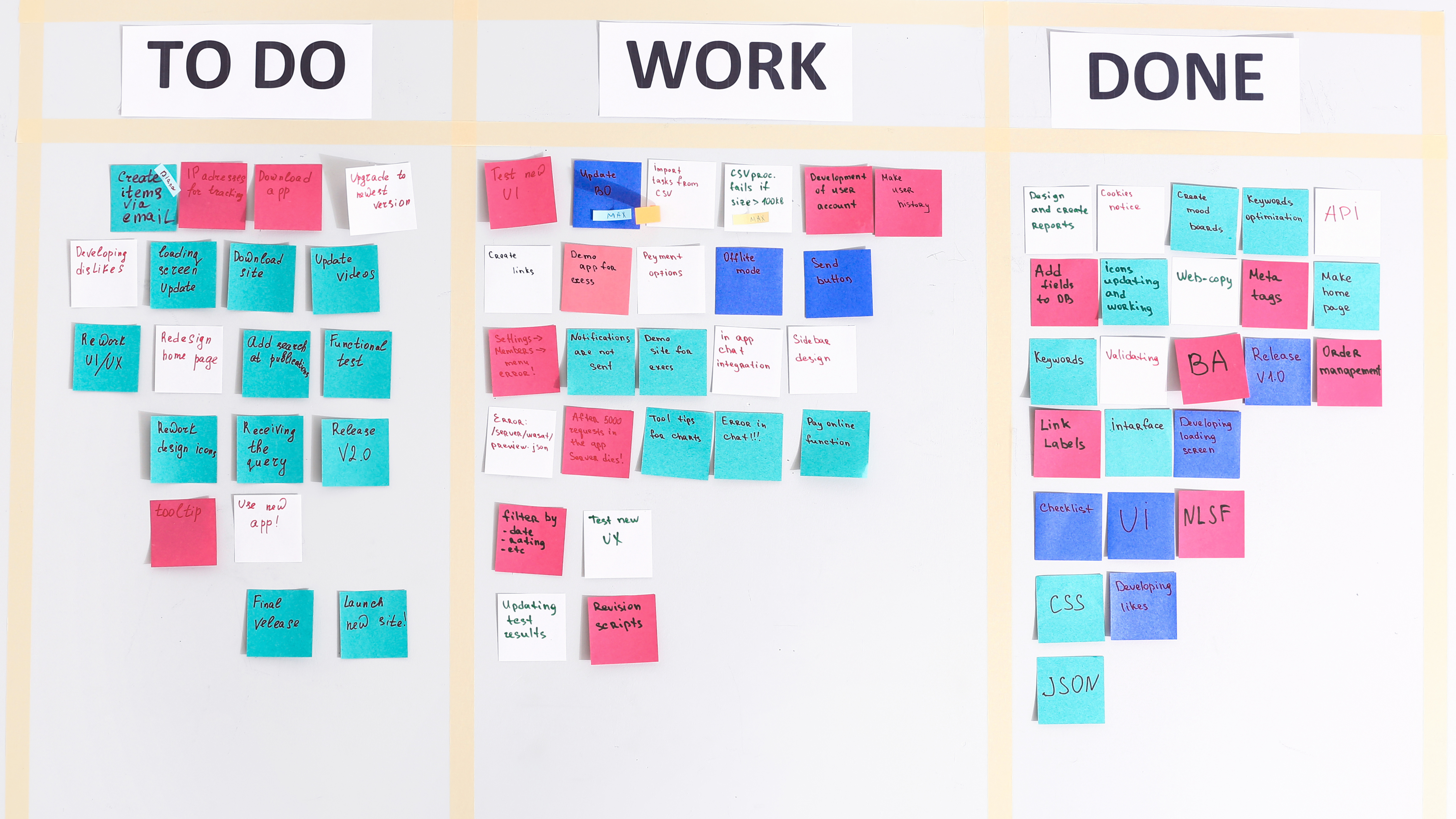Whether you’ve chosen to pursue online learning on your own or take advantage of your employer’s education benefits, there are critical skills you need to sharpen to make the most out of your online education.
To be successful at completing coursework or excelling at projects, you need to determine which work style helps you be more productive at planning and executing your work.
What are two different work styles that can help me become more productive?
Two effective work styles focus on time or tasks. Both work styles enable you to work smarter instead of harder. This way, you will get more done in less time, even when time is tight!
Benefits of both styles include:
- Higher productivity
- Improved efficiency
- Less stress
Work Style #1: Time-oriented planning
Time-oriented planners focus on time management, which is the process of planning and organizing how to divide your time between specific activities.
If you’re a time-oriented planner, you:
- Prefer planning out what and how long you spend doing something.
- Are comfortable moving to a new task even if it is incomplete when time is up?
- Return to the same task for several work blocks until it is done.
- Love a good digital calendar or timer.
Work Style #2: Task-oriented planning
Task-oriented planners focus on managing a task through planning, development, and completion.
If you’re a task-oriented planner you:
- Prefer to work on a project until it is complete.
- Get frustrated when your work gets interrupted.
- May get overwhelmed if something feels too big.
- Like using to-do lists

How to determine which work style fits you best?
To determine which style is your preferred work style, take a look at this sample to-do list:
- Set up a meeting with my manager to discuss my path to a promotion.
- Spend 30 minutes on my Pathstream project.
- Research daycare options for my kid.
- Spend an hour planning sister’s baby shower.
Now ask yourself: Which number/s from the list above sounds like the way you would write a to-do list item?
If you chose 1 and 3, then you’re task-oriented! If you prefer 2 and 4, then you’re time-oriented!

How can I make the most of my work style?
Now that you’ve learned how you prefer to tackle projects, achieve goals, and more, it’s also essential to know how to overcome challenges that may overwhelm you based on your preferred work style.
What are 3 task management problems, and how to overcome them?
Listed below are three different scenarios that overwhelm task-oriented individuals and their solutions.
Scenario 1: Tasks feel too big.
Break your larger tasks down into bite-sized pieces. Sit down and ask yourself what steps are needed to complete this. Remember, one task equals one step.
Scenario 2: Something more high priority interrupts your workflow.
If you have to step away from a task, make a quick note for yourself. Try including:
- What were you currently doing before the interruption?
- What do you want to do next within this task?
- What do you still need to do to complete the task?
Scenario 3: You do not finish a task when you want to and need the plan to return to it.
Integrate your to-do list into your calendar. Consider the following:
- How much time will you need to complete each task?
- How long would you ideally like to spend on it to minimize interruptions?
- How much of your incomplete work is left?
What are 3 common time management challenges and how to overcome them?
Listed below are three different scenarios that overwhelm time-oriented individuals and their solutions.
Scenario 1: Your whole day is booked down to the minute.
Make sure to include time blocks for your breaks as well. Plan move breaks, brain breaks, meals, etc., so you can re-energize.
Scenario 2: You need more work blocks than expected to complete a task.
Don’t stress. Have a time each day that is “flex” time for anything that comes up work-wise such as something that needs more time, unexpected to-do’s that pop-up, etc.
Scenario 3: You need help transitioning into each work block.
Group similar tasks into blocks. The brain takes approximately 20 minutes to switch from one type of work to another, so plan to work on similar items within the same time block to minimize this. Another strategy is to group items with a heavy cognitive load with lighter and quicker tasks to give yourself a break.
Now that you know your preferred work style, it’s time to be more productive!
Was this helpful?
Thanks! What made it helpful?
How could we improve this post?





